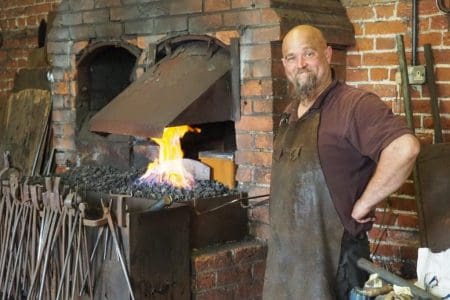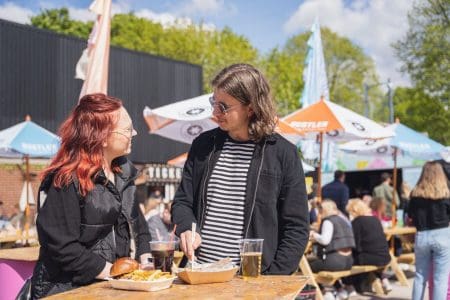Hampshire can stake a strong claim to have been at the very forefront of the formation of the RAF, in 1918.
Farnborough, in the north east of the county, is where the Army established its Royal Engineers Balloon School in 1906. It also happens to be where the ‘daring-do’ pioneer pilot Samuel Franklin Cody made the first successful powered flight in Britain in 1908; where one of the forerunners of the RAF, the Royal Flying Corps (RFC), was created; and where the so-called “Father of the RAF”, Hugh Montague Trenchard commanded the Military Wing in the RFC HQ.
Now named Trenchard House, the earliest building on the site of the Royal Aircraft Factory is where the first British Army RFC aircraft squadrons were established in 1912 – in a meeting-room which has been restored, and which the public can visit today by invitation. Largely dedicated to operations over The Western Front, the RFC would later merge with the Royal Naval Air Service (RNAS) to become The RAF in 1918.
Farnborough Air Sciences Trust (FAST), standing on the very same site in Farnborough, commemorates all of this – and more – in its wonderfully eclectic Museum – making Hampshire one must-see locations in the UK as the nation prepares to mark the centenary of the RAF in 2018.
And while FAST is planning a special exhibition for next year to celebrate the centenary of the Royal Aircraft Establishment, formerly the Royal Aircraft Factory, 2018 will also see the return of the hugely popular Farnborough Airshow to Hampshire from July 16-22 2018.
Hampshire’s aviation history is especially eye-catching, having become the Royal Engineers’ venue of choice in 1906 when the Army was looking for a base for their balloon operations. And in the years leading-up to the outbreak of WWI, many of the country’s leading technicians, and most of the nation’s leading test pilots, started to ply their new trades at Farnborough.
Amongst them, the colourful former Wild West Showman Samuel Franklin Cody also made quite a name for himself – not least by making the first successful powered flight in Britain, on October 16, 1908. Visitors to the FAST today will find his statue at the entrance to the Museum, and can learn more within The Cody Pavillion, which houses a replica of the plane in which he recorded his epic flight.
Aviation was becoming a science, Hampshire was at the heart of it, and the Royal Flying Corps, built-up by “Boomer” Trenchard on the orders of Lord Kitchener to raise the number of new squadrons from his target of twelve, to sixty, was one of two airborne services protecting Britain from the German threat.
Towards the end of the war, Field Marshal Jan Christiaan Smuts was asked by the British Imperial War Cabinet to look at ways of combining the work of the RFC and the RNAS. His review of the British Air Services, which came to be called ‘The Smuts Report’, concluded the treatment of air required a separate force, and in 1918 the Royal Air Force was formed.
FAST Museum is dedicated to Farnborough’s proud aviation heritage and significant contribution to air science and research. Located in and around the former Royal Engineers Balloon School, it is open to the public every weekend from 10am to 4pm, and by arrangement for pre-booked groups from Tuesday to Thursday. Free to visit, it is run entirely by volunteers.
It houses a small, eclectic and absolutely fascinating display – both for those with an interest in aviation, as well as for family groups. For full details, visit: https://www.airsciences.org.uk.
And for all other tourist information about Hampshire, go to https://www.visit-hampshire.co.uk.



